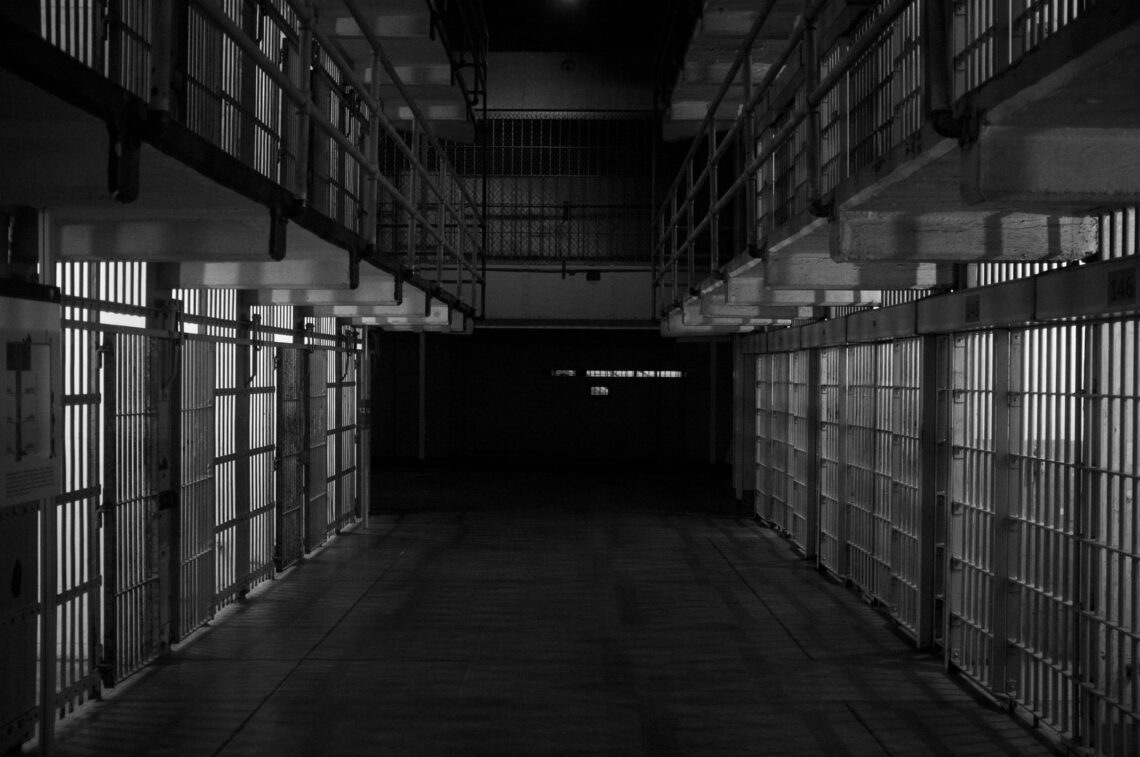Banned books have been a point of controversy for about as long as books and a literate public have coincided. With this ever-growing list of banned books, various questions arise in the process: who determines that a book is deserving of such placement? What are the ethical implications of such lists existing? Is the value of a book eroded by unpopular or antiquated views?
These considerations have previously been fielded within Florida and have recently had a remerging relevancy due to controversy surrounding banned books within Florida prisons. Within the Florida prison system, over 20,000 books have been banned and designated as contraband.
Books on the banned list include choices like Ron Stallworth’s “Black Klansman,” which was recently adapted into an Academy Award winning film, as well as language learning books and various how-to guides centered around anything from the legal system to computer basics. A slew of books within the “For Dummies” franchise have also been banned for presenting an apparent threat to security or order.
There are a few different rationalizations by the state when banning specific books within the prison system. Legally, books must fall into certain categories, all of which are given a unique code in order to be banned. A book may fit into multiple categories, but the most common reasoning for banning a book is code 3M, which states a book can be rejected if “it otherwise presents a threat to the security, order or rehabilitative objectives of the correctional system or the safety of any person.” The broad criteria of such a statement allows for loose interpretations, which has led to coloring books and American Sign Language handbooks being labeled a security threat.
Alternatively, some books that have not been banned include “Aryan Nation Catalog” and “The Kidnapping and Brainwashing of our Aryan Children,” which has caused some Floridians to call into question the process of determining which books should be banned within prisons.
Many legal scholars and criminal justice advocates find the most concern in the restricted access inmates have to books about legal proceedings or the legal system—books that have the potential to help inmates understand their situations better and advocate for themselves within the prison system by understanding their rights.
The banning of books within prisons has also led to concerns regarding First Amendment violations. Prison Legal News, a magazine published by the Human Rights Defense Center, has been a recent challenger against the Florida prison system in the aftermath of their newsletter being banned. Although they failed to appeal the ban, Prison Legal News has continued to affirm that the ban not only violated their First Amendment to publish what they please, but also the rights of citizens to read whatever press they desire.
The managing editor of Prison Legal News Alex Friedmann contends, “If you read the First Amendment, there is no footnote in there that says prisoners don’t get First Amendment rights.”
Featured image: A prison hall. Unmodified public domain photo by Emiliano Bar used under an Unsplash license. (https://bit.ly/2PG0L4Y)
Check out other recent articles from the Florida Political Review here.






2 Comments
Ryan Masters
There’s also no footnote in the Second Amendment that restricts felons from the right to bear arms, but somehow as a society we concluded that felons no longer have that right. Why are some rights protected but not others?
Gwyneth Talley
What can the average citizen do to advocate for these books to be permitted or for the reconsideration of which books to avoid/ban?